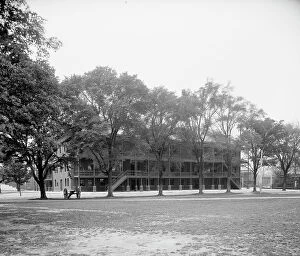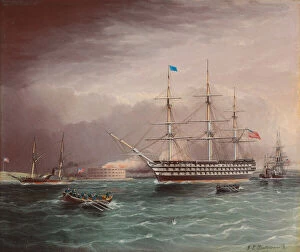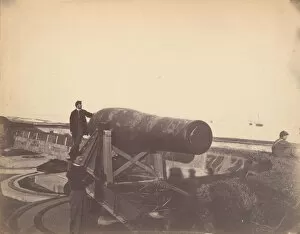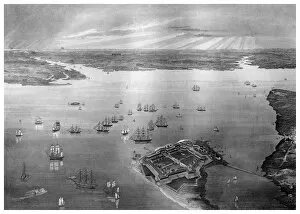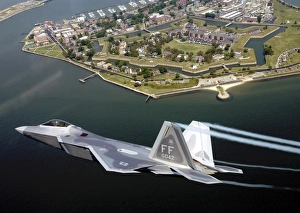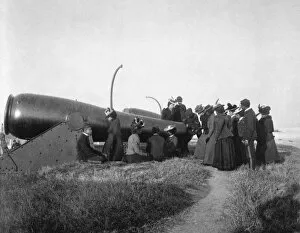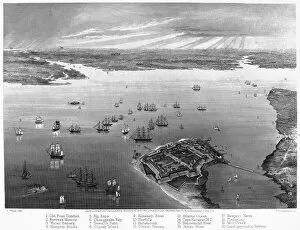Fort Monroe Collection
Fort Monroe, Virginia: A Historic Military Installation Witnessed Pivotal Moments in American History Fort Monroe
All Professionally Made to Order for Quick Shipping
Fort Monroe, Virginia: A Historic Military Installation Witnessed Pivotal Moments in American History Fort Monroe, a historic military installation located at Old Point Comfort, Virginia, holds significant importance in American history. At its onset, it played a crucial role during the American Civil War. The U.S.S. Pennsylvania, under tow at the outbreak of the war, sought refuge in its protective waters. The fortress, with its imposing cannons, stood as a symbol of the Union's determination to defend its territory. Throughout the war, Fort Monroe served as a prison for Confederate and Union leaders, most notably Jefferson Davis, the former Confederate President, who was held there after the war's end. The contrasting conditions of imprisonment for Federal prisoners of war and Davis were vividly depicted in Thomas Nast's 1866 cartoons, "Andersonville," highlighting the stark disparities. Fort Monroe continued to be an essential part of military history, with the Hampton Institute, a historically black college, established on its grounds in the late 1800s. The institute provided education to formerly enslaved African Americans, contributing to the advancement of civil rights. Fast forward to the present day, Fort Monroe remains an active military installation, with the F/A-22 Raptor soaring above its historic walls, symbolizing the modern military's commitment to protecting our nation. Fort Monroe's rich history continues to inspire and educate, reminding us of the past while shaping the future.



